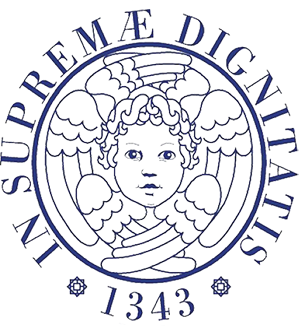Definition:
Ureteral endoscopic procedure based on perimeter submucosal injection of heterologous material to avoid urine reflux from the bladder to the ureter and then to the kidneys during urination.
Indications:
- Primary treatment of bladder-ureteral reflux of any degree;
- Neurological bladder with high risk of reflux;
- Persistent secondary reflux to symptomatic ureteral re-implant.
Technical Description:
Endoscopic treatment of bladder-ureteral reflux occurs with the introduction of an endoscope (cystoscope) into the bladder through the urethra. Once the ureteral meatus is located, a special needle connected to the syringe system is introduced through the endoscopic operating channel. Inserting the needle into the perimeter submucosal layer the substance will be injected that will determine the formation of a wheal with valve function.
There are currently several commercially available substances, some of which are derived from animal (collagen), other synthetic (Teflon). Others are made up of microspheres injectable with the same principle.
Preparation for intervention:
Preparation similar to other endoscopic interventions:
- Fasting from midnight (the day before the intervention);
- Diet free of slag and possibly evacuating enema;
- Trichotomy;
- Antibiotic prophylaxis;
- Antithrombotic prophylaxis in patients at risk;
- Collagen intradermal test (to evaluate the presence of any allergic reactions) in case a certain substance is gonna be used.
Duration of intervention:
The intervention lasts for 15 to 30 minutes.
Type and duration of hospitalization:
Hospitalization can be made in Day Hospital or ordinary hospitalization with an average stay of 2 to 10 days.
Results:
Success is recorded in 80% of cases. In 20% a second injection may be required. In the II and III grade of reflux, according to the International Classification, the success rate after two injections is 95% or higher. In the IV grade, the rate of success is 85%, while in the V grade the rate is 75%.
Advantages:
- Easy execution;
- Can be performed in local anesthesia;
- Can also be performed in children from 4 years onwards.
Disadvantages:
- May require a second treatment in case of first attempt failure;
- Submucosal hematomas;
- Over time it is possible to observe the migration of the injected compound;
- Irritative bladder stimuli.
Side effects:
- Painful urination is rare;
- Colic-type pain;
- Sometimes episodes of macroscopic hematuria.
Complications:
- Allergic reactions from hypersensitivity to the product used;
- Occlusion of ureteral meat.
At discharge:
There are no special precautions to report.
How to behave in case of complications arising after discharge:
In cases of colic or fever, it is advisable to contact the urologist. If irritative bladder symptoms appear, the patient can contact the doctor in the first place.
Checks:
The first postoperative control, will be performed within 30-45 days.
The first clinical check up involves a micturition cystogram or video urodynamics at 1 to 3 months after surgery.

